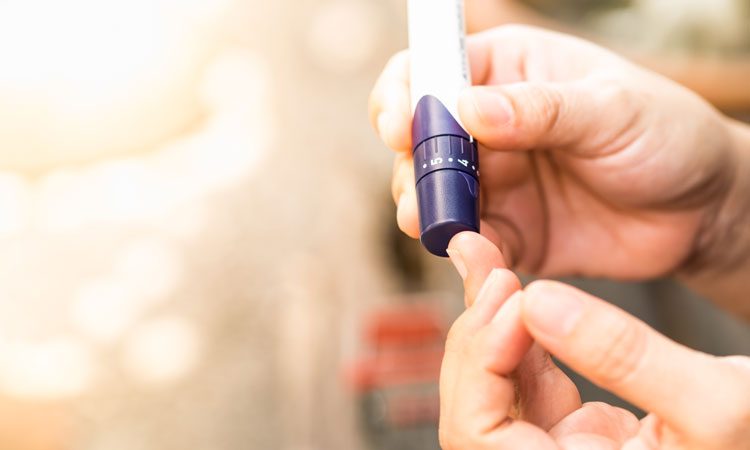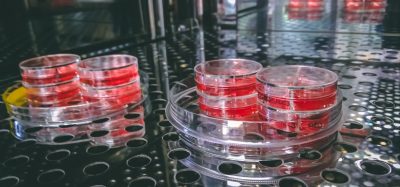Pancreas-on-a-chip technology to aid in diabetes research
Posted: 3 September 2019 | Rachael Harper (Drug Target Review) | No comments yet
Scientists combine organ-on-a-chip and stem-cell technologies to make a powerful tool for diabetes research.


In a new study, microfluidics and human, insulin-producing beta cells have been integrated in an ‘Islet-on-a-Chip’ which makes it easier for scientists to screen insulin-producing cells before transplanting them into a patient, test insulin-stimulating compounds and to study the fundamental biology of diabetes.
The design of the Islet-on-a-Chip was inspired by the human pancreas, in which islands of cells (‘islets’) receive a continuous stream of information about glucose levels from the bloodstream and adjust their insulin production as needed.
“If we want to cure diabetes, we have to restore a person’s own ability to make and deliver insulin,” explained Douglas Melton, Xander University Professor of Stem Cell and Regenerative Biology and co-director of the Harvard Stem Cell Institute (HSCI), US. “Beta cells, which are made in the pancreas, have the job of measuring sugar and secreting insulin and normally they do this very well. But in diabetes patients these cells can’t function properly. Now, we can use stem cells to make healthy beta cells for them. But like all transplants, there is a lot involved in making sure that can work safely.”
Before transplanting beta cells into a patient, they must be tested to see whether they are functioning properly. The current method for doing this is based on old technology that takes so long to run and interpret that many clinicians give up on it altogether. The new, automated device gives results in real-time, which can speed up clinical decision making.
“Our device arranges islets into separate lines, delivers a pulse of glucose to each one simultaneously and detects how much insulin is produced,” said Aaron Glieberman, co-first author on the paper. “It couples glucose stimulation and insulin detection in the same flow path, so it can give a clinician actionable information, quickly. The design also uses materials that are amenable to larger-scale manufacturing, which means more people will be able to use it.”
“The Islet-on-a-Chip lets us monitor how donated or manufactured islet cells are releasing insulin, as cells in the body can,” added Kevin Kit Parker, who led the study. “That means we can make serious headway towards cell therapies for diabetes.
The device makes it easier to screen drugs that stimulate insulin secretion, test stem cell-derived beta cells, and study the fundamental biology of islets.”
Aside from its application to diabetes, the device has promise for use with other tissues and organs: “We can modify the core technology to sense function in a range of microphysiological systems,” continued Glieberman. “With the ability to detect cell secretions continuously, we want to make it easier to explore how cells use protein signals to communicate. This technology may eventually develop new insights into dynamic metrics of health for both diagnostics and treatment.”
Related topics
Cell Cultures, Informatics, Lab-on-a-Chip, Organ-on-a-Chip, Research & Development, Stem Cells
Related conditions
Diabetes
Related organisations
Harvard University
Related people
Aaron Glieberman, Douglas Melton, Kevin Kit Parker








